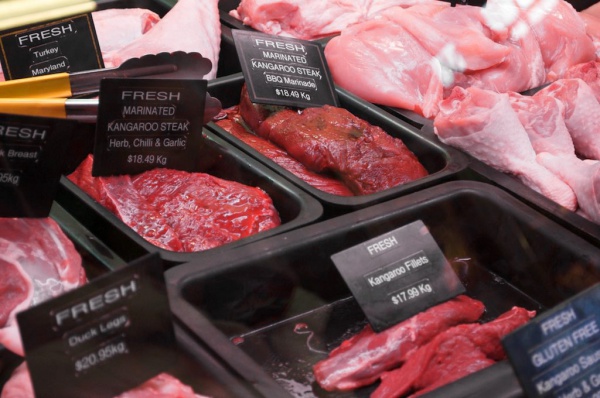Facts About Kangaroo meat
In Australia, the production of kangaroo meat primarily involves the harvesting of wild kangaroos for both their meat and hides. While the industry has faced criticism from animal rights activists, it has garnered support from environmental organizations due to its potential ecological benefits in the Australian rangelands. Estimates suggest that there are between 35 and 50 million kangaroos in Australia, with regulated culling programs in place to manage their population.
Kangaroo meat is inspected by authorities to ensure quality and is exported to over 55 countries. It is highly nutritious, offering benefits such as a high protein content and concentrations of conjugated linoleic acid (CLA). The meat has a unique flavor and requires special cooking techniques due to its low-fat content.
Over the years, kangaroo meat has gained popularity within Australia, with supermarkets and restaurants offering various cuts. The industry, valued in the millions of dollars, not only contributes significantly to the economy but also provides numerous jobs. Despite its benefits, concerns about animal welfare and sustainability have sparked debates and protests in different parts of the world.
A diet known as kangatarianism, which excludes all meat except kangaroo for environmental and ethical reasons, has been discussed in Australia. There have been efforts to introduce a specific culinary name for kangaroo meat to create a distinction from the animal itself. Historically, traditional Aboriginal communities have relied on kangaroo as a crucial food source, reflecting their cultural practices and commitment to sustainability.
